You’ve reached a tracepoint
✧ Proceed with care ✧
✧
TRACEPOINT
A visual diagnostic of forensic illusions.
This is not a gallery.
It’s a map of distortion, silence, and statistical ghosts.
Each image is a forensic rupture — a static-flared residue the courtroom didn’t show.What the jury never saw.
Hidden variable detected.Where static flickers, stories fracture, and clarity emerges. This is not evidence—it’s aftermath. Begin here.
Decode what remains.
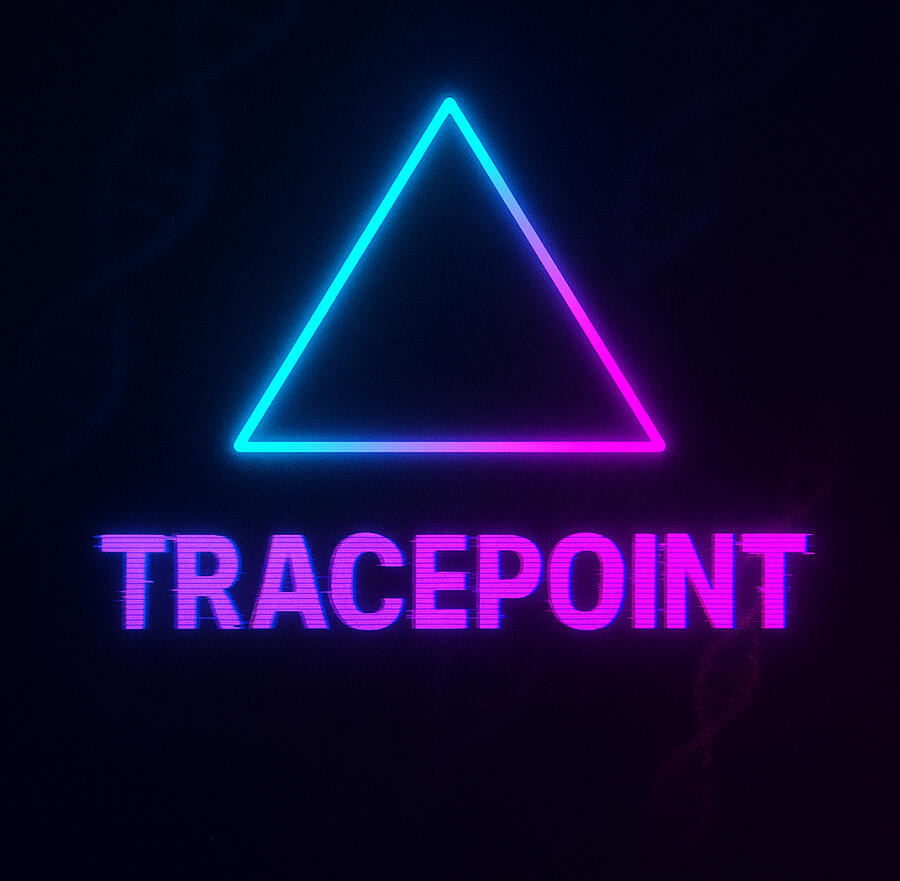
Tracepoint
Truth ≠ Certainty.
You’ve entered a living forensic lab.
Each image is a trace. A fracture. A glitch in the official story.These are not answers. These are disturbances.
Residuals from DNA extractions, courtroom omissions, and probability masks.What you see here:
– was almost invisible to the jury
– was shaped by thresholds no one explained
– was interpreted inside a system that rewards conviction over clarityThe frame is broken.
Decode anyway.Care is forensic.
Doubt is evidence.
Silence is not the absence of signal — it’s often where the truth flickers.
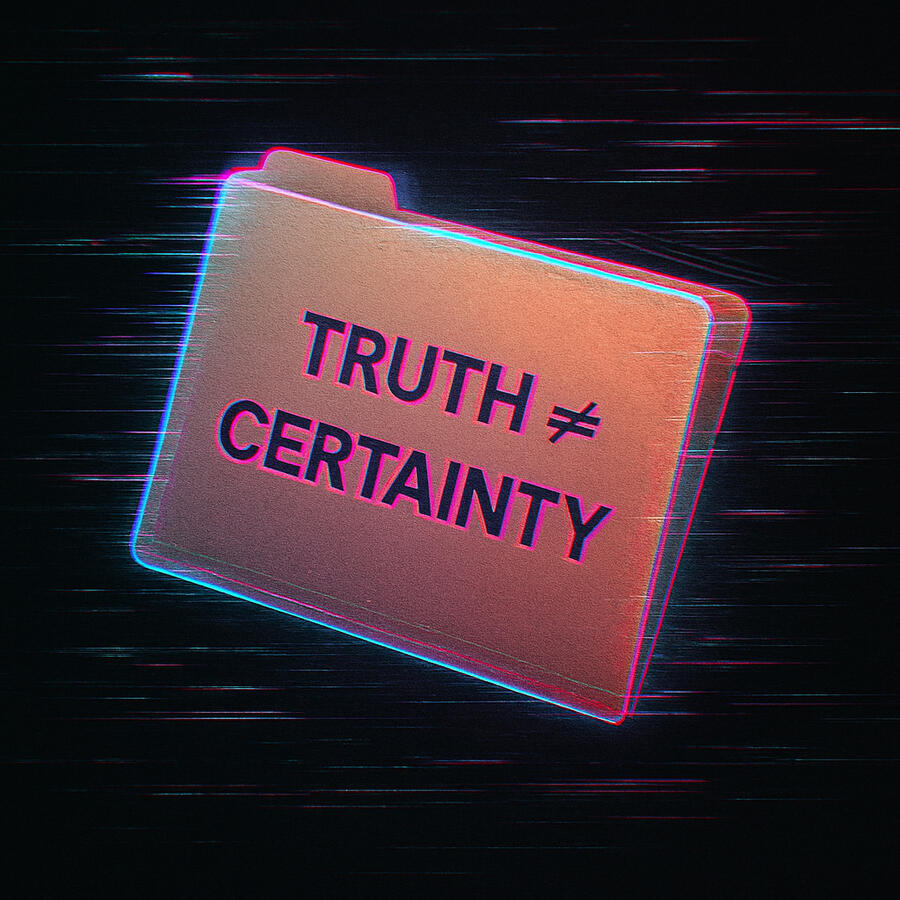
The Broken STR Report
This isn’t a match.
it’s a software projection.
STRmix assigns probabilities, not certainties.
Ask: how degraded was the DNA? Who chose the threshold?
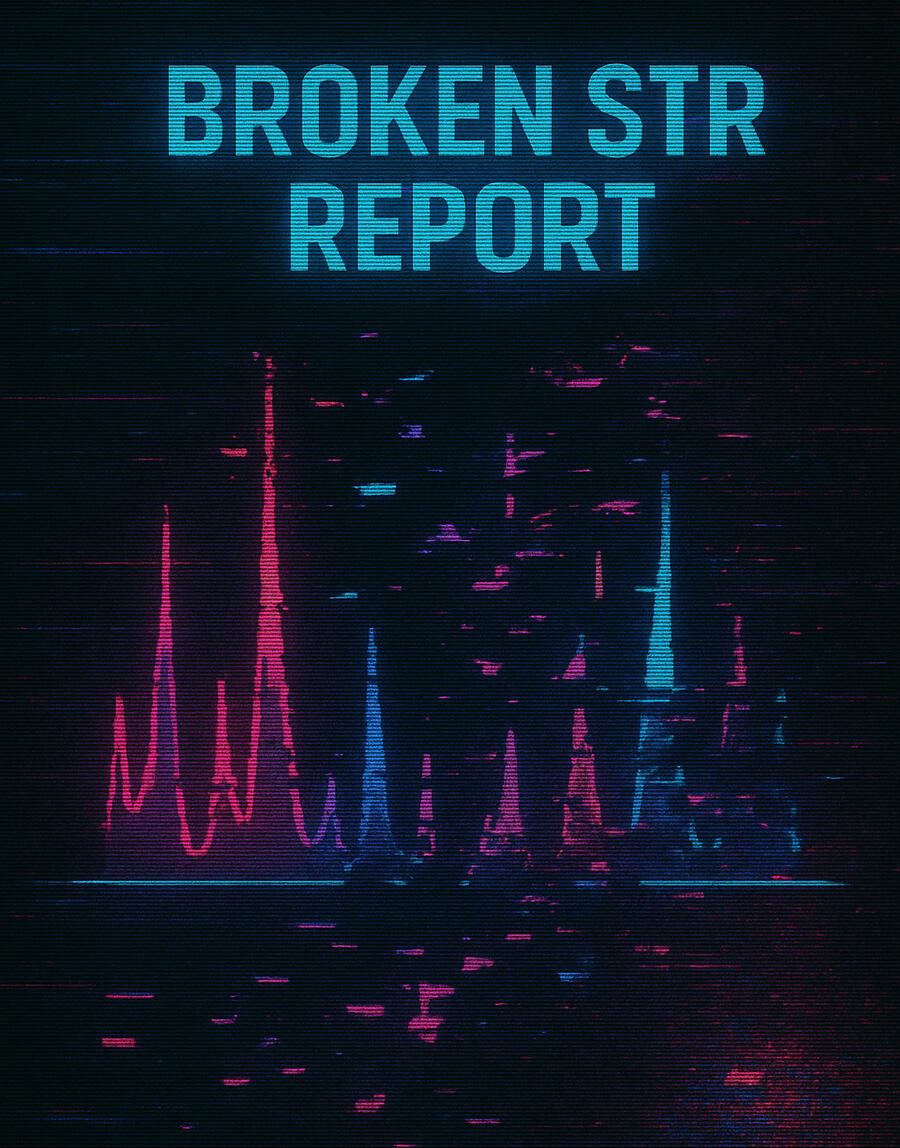
The Glove in the Evidence Bag
Was it ever tested for DNA?
Chain of custody sounds secure — until you ask for the full report.
Silence around untested items is itself a kind of fingerprint.
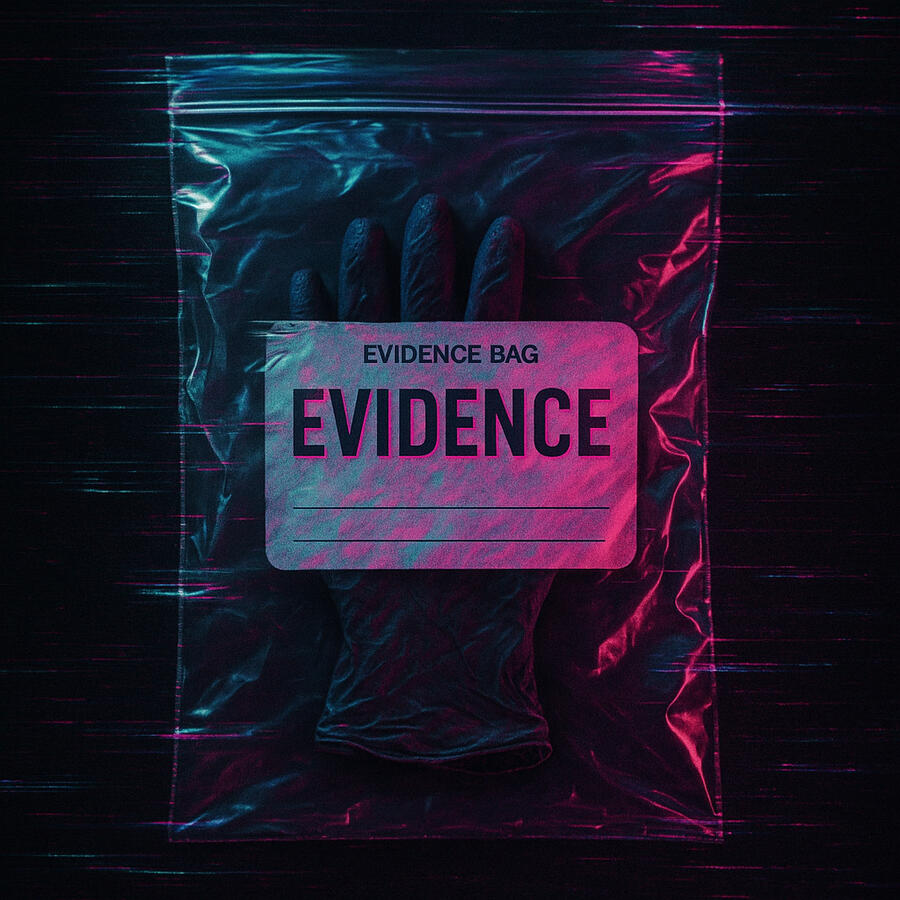
Contamination Logic
Contamination doesn’t just mean dirty samples.
It means assumptions introduced into the chain.
A lab’s narrative can contaminate as easily as its tools.
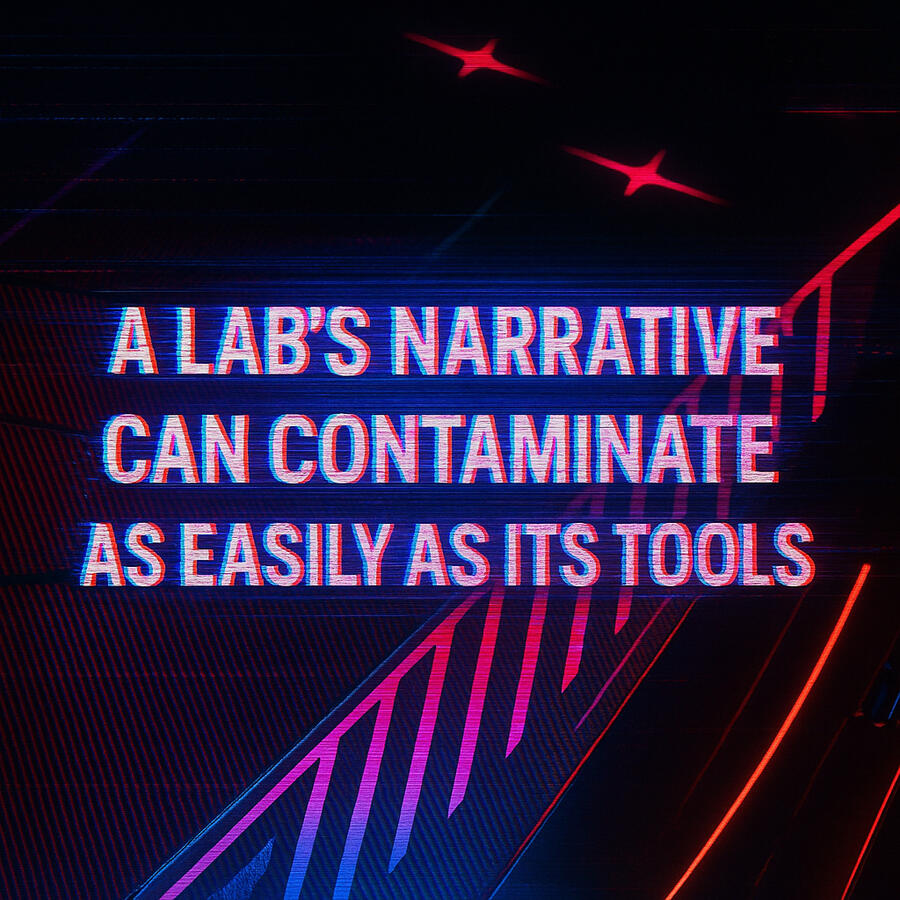
The Illusion of Evidence
A jury doesn’t see the analyst’s doubt.
They see a clean chart on a screen.
What’s missing? The full context. The error margins. The maybe.
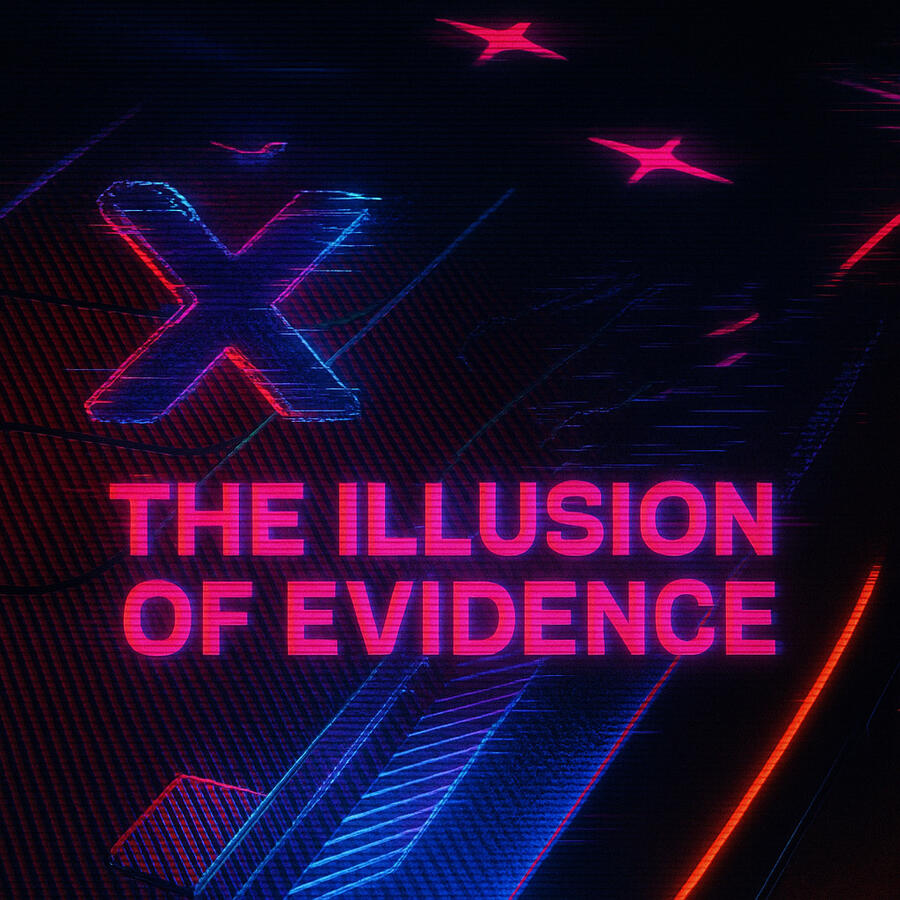
Dropped Chain: The Footprint Evidence
Footprint found. But where’s the timestamp?
Was it tracked, collected, stored — or simply assumed?
Chain of custody is more than a form. It’s a story.
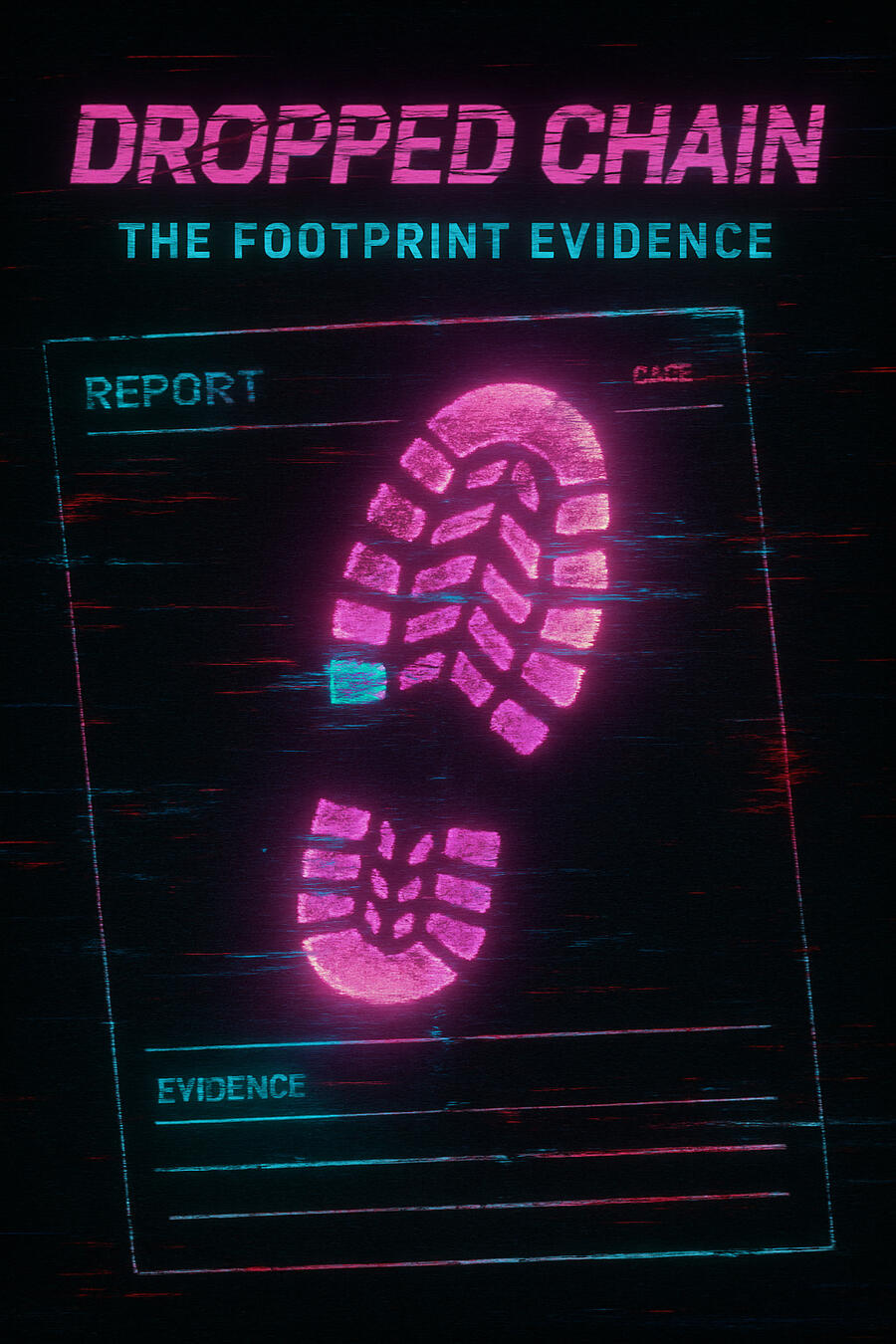
DNA Slot Machine: “Insert Your Name Here”
Statistical Ghosts
Give the same DNA to 3 labs.
One finds a match. One says inconclusive.
One rules you out.
That’s not justice — that’s probability roulette.
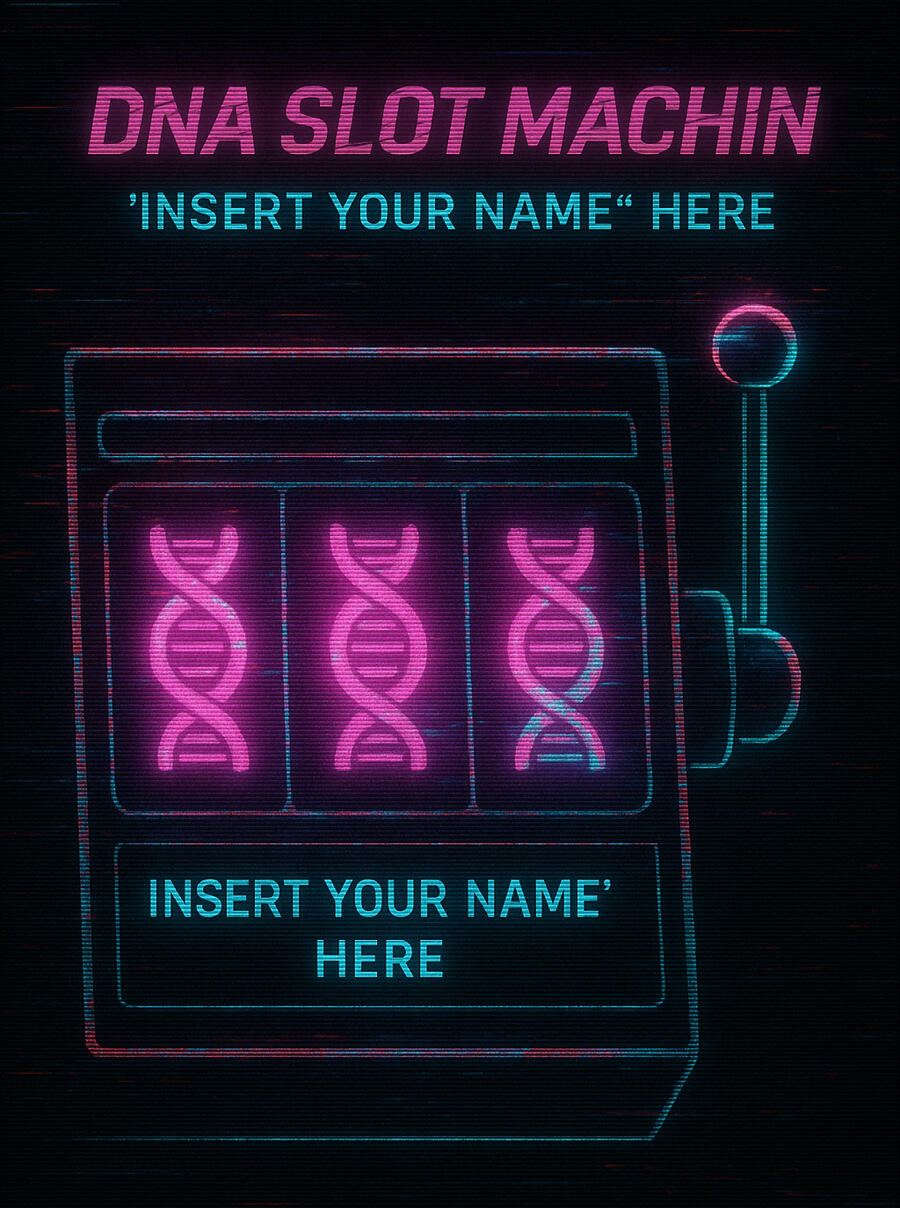
Forensics, AI, Law, Media
The Right to Question the Frame
In forensics, to question the frame — is to protect reality from manipulation.You have the right to question the frame. Because what you see... is often what they want you to see.
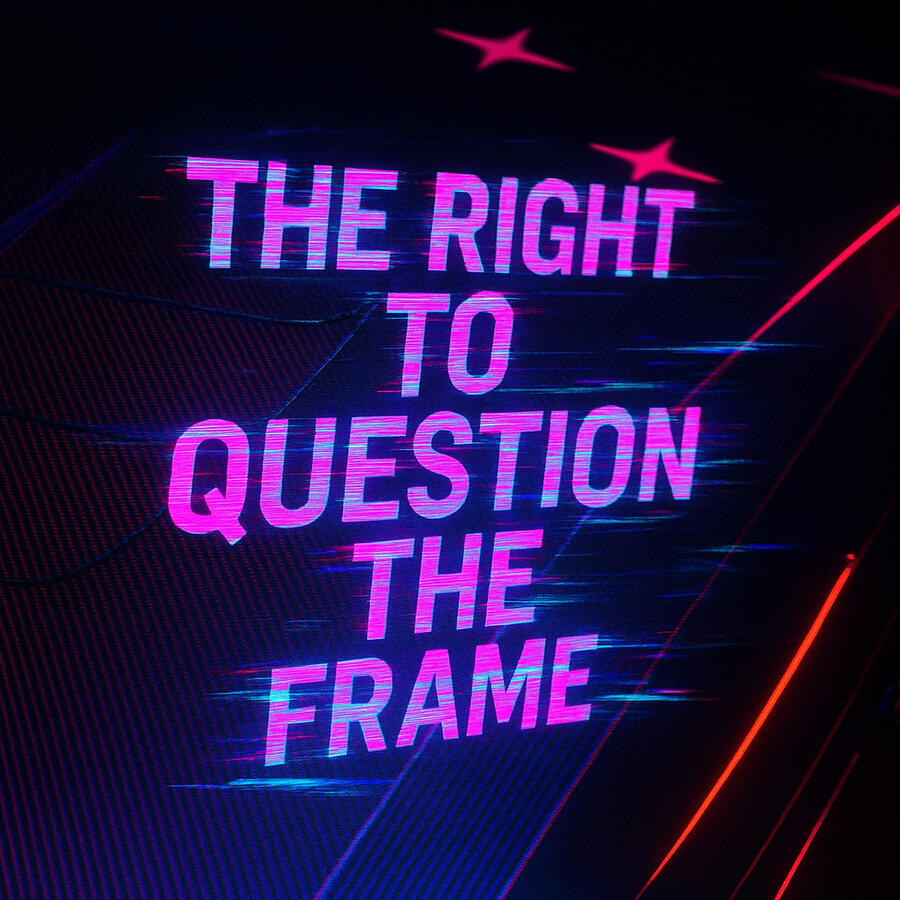
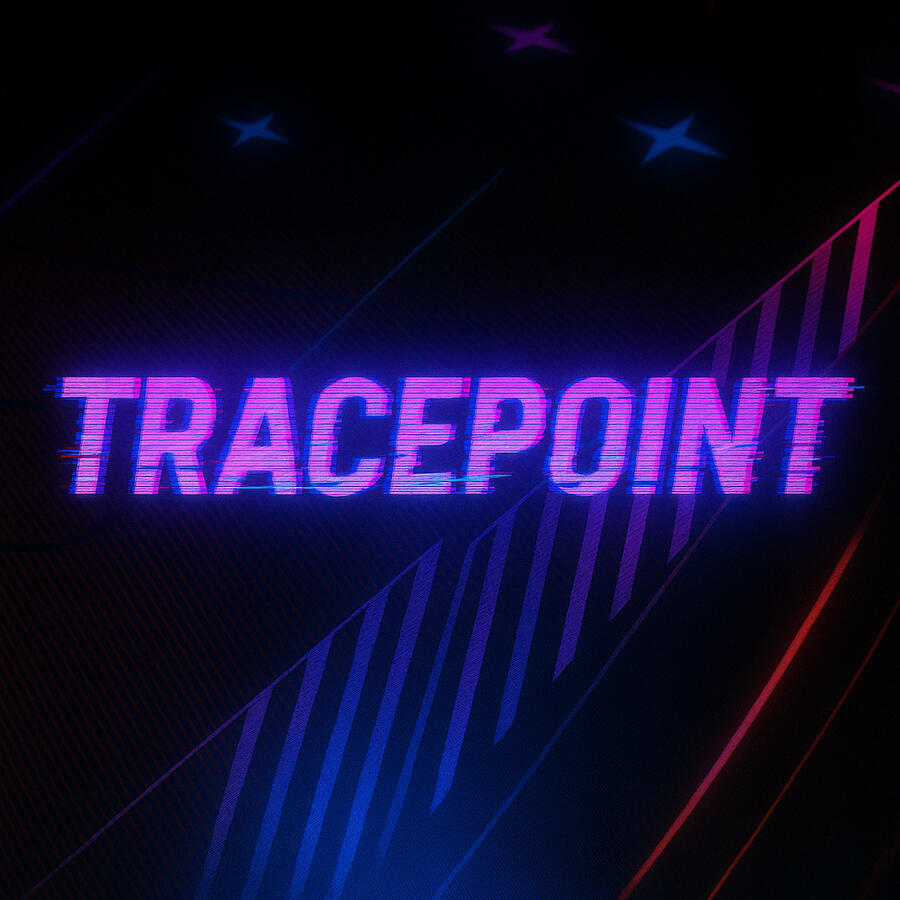
What if the evidence was framed to make you stop asking?